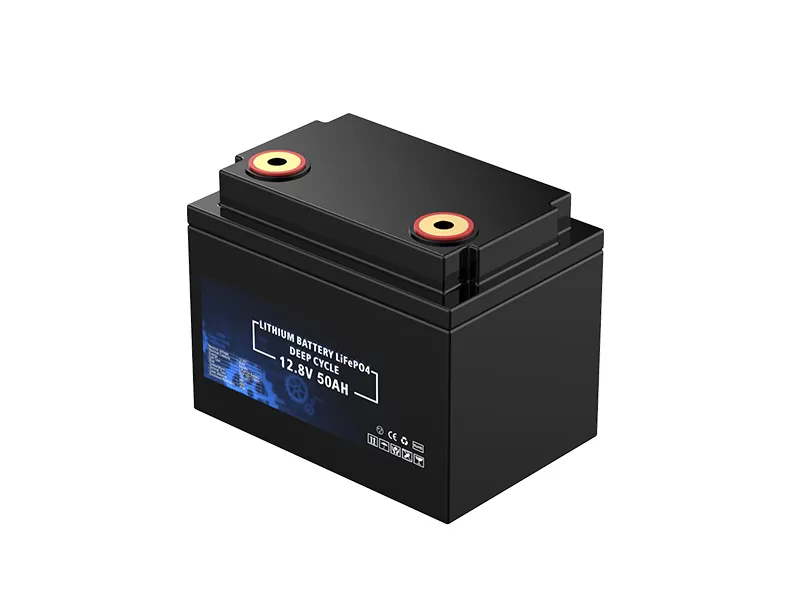How Do Deep Cycle Battery packs Work?
At its core, a deep cycle battery pack is a collection of interconnected deep cycle batteries designed to store and discharge energy over extended periods. Unlike their counterpart, the shallow cycle batteries (commonly found in automobiles), deep cycle batteries are engineered for a different purpose. They are built to withstand repeated deep discharges and recharges without compromising their overall lifespan and performance.

How Do Deep Cycle Battery Banks Work?
Deep cycle batteries work through a chemical reaction that involves the conversion of chemical energy into electrical energy and vice versa. During the charging phase, electric current is applied to the battery, causing chemical reactions that store energy within the battery's cells. When the battery is discharged, these stored chemical reactions are reversed, releasing the stored energy as electrical power.
The design of a deep cycle battery is optimized for this cycling process, allowing for a larger amount of energy to be discharged and recharged repeatedly without significant degradation. This makes deep cycle battery banks ideal for applications where sustained power output is crucial, such as solar energy storage, off-grid living, and backup power systems.
Benefits of Deep Cycle Battery Banks:
Longevity: Deep cycle battery banks are built to endure hundreds or even thousands of charge-discharge cycles, making them a cost-effective and durable energy storage solution over the long term.
Deep Discharge Capability: These lithium batteries can be discharged to a much lower capacity compared to other battery types, providing more usable energy for your applications.
Reliable Power Supply: Deep cycle battery banks ensure a steady and continuous power supply, making them suitable for scenarios where uninterrupted energy is essential, such as in remote locations or during power outages.
Versatility: They can be used in a wide range of applications, including renewable energy systems (solar, wind), marine vessels, RVs, off-grid cabins, telecommunications, and more.
Applications of Deep Cycle Battery Banks:
Off-Grid Living: Deep cycle battery banks serve as the backbone of off-grid living, allowing homeowners to store excess energy generated from renewable sources (like solar panels) for use during times when energy production is low.
Backup Power Systems: In areas prone to power outages, deep cycle battery banks can provide a reliable source of backup power, ensuring that critical appliances and systems remain operational.
Renewable Energy Systems: Deep cycle battery banks facilitate the efficient storage of energy generated by solar panels or wind turbines, enabling homeowners to harness clean and sustainable power even when the sun isn't shining or the wind isn't blowing.
Recreational Vehicles (RVs) and Marine Applications: Deep cycle battery banks power appliances, lighting, and other electrical devices in RVs and boats, enhancing the comfort and convenience of life on the road or at sea.
Conclusion
In a world increasingly focused on sustainable living and resilient power solutions, deep cycle batteries emerge as a crucial enabler of energy independence. These versatile and durable energy storage systems provide a reliable means of harnessing and utilizing power from renewable sources, ensuring uninterrupted energy supply for a variety of applications. Whether you're seeking to power your off-grid retreat, enhance your backup power capabilities, or embrace renewable energy, the deep cycle battery bank stands ready to support your energy needs with steadfast resilience.



